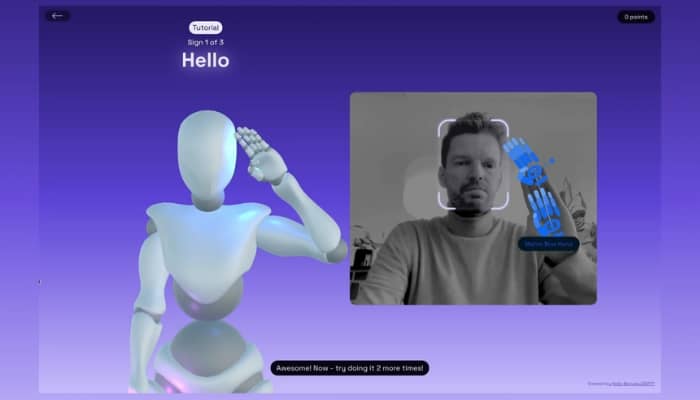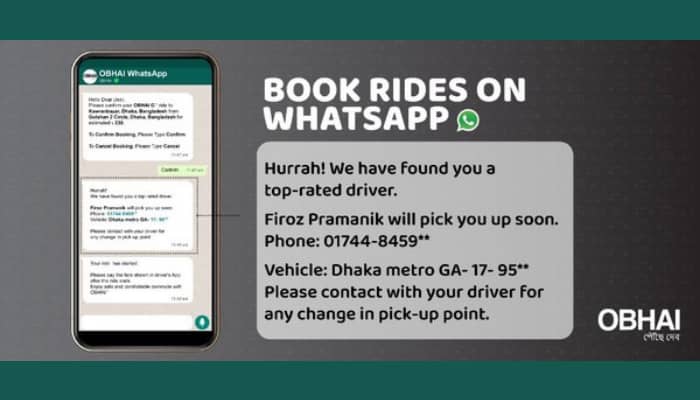Australia – Last 13 April, MARKETECH APAC’s webinar production unit ‘Inside Innovation’, through the webinar ‘Asia-Pacific Outlook 2021: Reimagining your higher education web strategy‘, has gathered digital marketing leaders and experts from higher education in APAC to talk about how the massive shift to virtual learning changed universities’ approach in engaging students and the challenges and new opportunities it has brought to higher education institutions in delivering an excellent and effective digital experience.
Graced by panelists Paul Gower, deputy director for marketing & user experience at Australia’s Curtin University, and Monica Hong, the digital marketing national manager of Australian Catholic University, who were moderated by global SaaS solutions Siteimprove’s Vice President for APJ Gabriel Ponzanelli, and likewise joined by its Digital Marketing Consultant Rick Elenbaas – the group found that what stands out to be the most valuable opportunity right now in the education space is increased accessibility.
The international and domestic market
While the pivot to online for almost all aspects of campus life such as admissions, enrolment, and the educational instruction itself, has imposed restrictions due to the lack of physical interaction, the greater focus on digital has also opened up a lot of opportunities for both institutions and students, which may not have been possible if weren’t for the nationwide lockdowns.
One would be the reach to international students. Although both Gower and Hong agree that due to cross-border restrictions, the blow of the pandemic has been greater to their international market, it has also proved to be beneficial for reaching the said cohort in other areas such as implementing open days.
“Moving forward into a hybrid deliverable is really good because we found that delivering a virtual open day meant that we can reach the international [audience] which we knew preferred to actually find information online, rather than physically go to open day, which was more for school leavers,” Hong shared in the panel.
Now that international reach has become more tightened at large, this then pushes universities to reimagine their curriculum and offerings and to put more attention to their domestic market.
Siteimprove’s Ponzanelli having worked with different institutions shared that a common problem for schools at the start of the pandemic was the disruption of university attendance, where international students had to stop at the middle of the academic year and couldn’t come back to continue due to borders closed.
With this, Ponzanelli shared the two strategies common among universities, “What we hear from a lot of them, they’re sort of looking at two strategies. One is to pivot away from say the [regions of] Central South America or Africa, or kind of away from the [regions of] China, Southeast Asia, and India; and the other one is [to] double down on the domestic,” he said.
Gower shared that in Curtin university, they have been a lot more aggressive in protecting their domestic market share in the last 12 to 18 months – looking at offering more short courses for post-graduate students and to those that wish to take micro credentials – as a big growth opportunity.
“[This] forms a large part of our marketing strategy for the next three to five years – developing much more [options] for short courses or nano or micro credentials which people can then use for broader accreditation [to more expansive programs],” shared Gower.
“A lot of universities are looking at this, people just want to dip their toes in the water, learn, [and] get a bit of the flavor of a particular topic, particular skill, take that back and then see if they sort of go any further or build on that,” he added.
The opportunity to attend school for physically challenged individuals
Aside from the dimension of opportunities with regards to domestic and international students, the new normal with the increased remote setup has given way to simply push forward accessibility as it is – for those students that are not able to attend physically such as those with physical disability, for example.
Ponzanelli said, “The move to online and these hybrid models have really opened the door for people that probably couldn’t attend the university physically before. Somebody that is in regional areas of the country, [or] someone that [has] a physical disability, that just physically could not get to a campus. So I’m assuming and I’m hoping that accessibility is much bigger, and [is] more on the table than it used to be before.”
The panel touched on the two-prong discussion on accessibility – first, the accessibility opened by virtual learning to get into higher ed for physically-challenged individuals, and then the other accessibility thereafter – how accessible a university’s online experience is, such as their websites in delivering a virtual campus experience.
Siteimprove’s Elanbaas shared more on the topic in his deck presentation on how to make universities’ websites and digital campuses more accessible and effective, catering to the needs of internet-immersed digital natives. He discussed how websites should address more than just the visually impaired but also those who have cognitive impairments, deafness or difficulty of hearing, and also challenged motor functions. He also speaks of the long-tail effect of inaccessibility which could start from poor student experiences then resulting in negative word of mouth and then eventually losing out on the share on student enrolment.
Of the topic, Hong shared, “Moving in a more digital native world, everyone goes on Google first to google everything that they do, and so it is important to make sure that we are visible on the website, [that] our website works, [and] our user journey is seamless as much as possible. So that is the most important thing.”
The webinar was done in partnership with global SaaS solutions Siteimprove. On-demand access to the webinar is now available. Watch as the panel discusses more in-depth the different challenges universities met at the onset of the pandemic, and how they have successfully adapted. Insights discussed were hybrid learning, adopting conversational platforms, marketing to influencers such as students’ parents, dealing with siloed subdomains, and diversifying global market strategies as the world continues to navigate the global pandemic.





